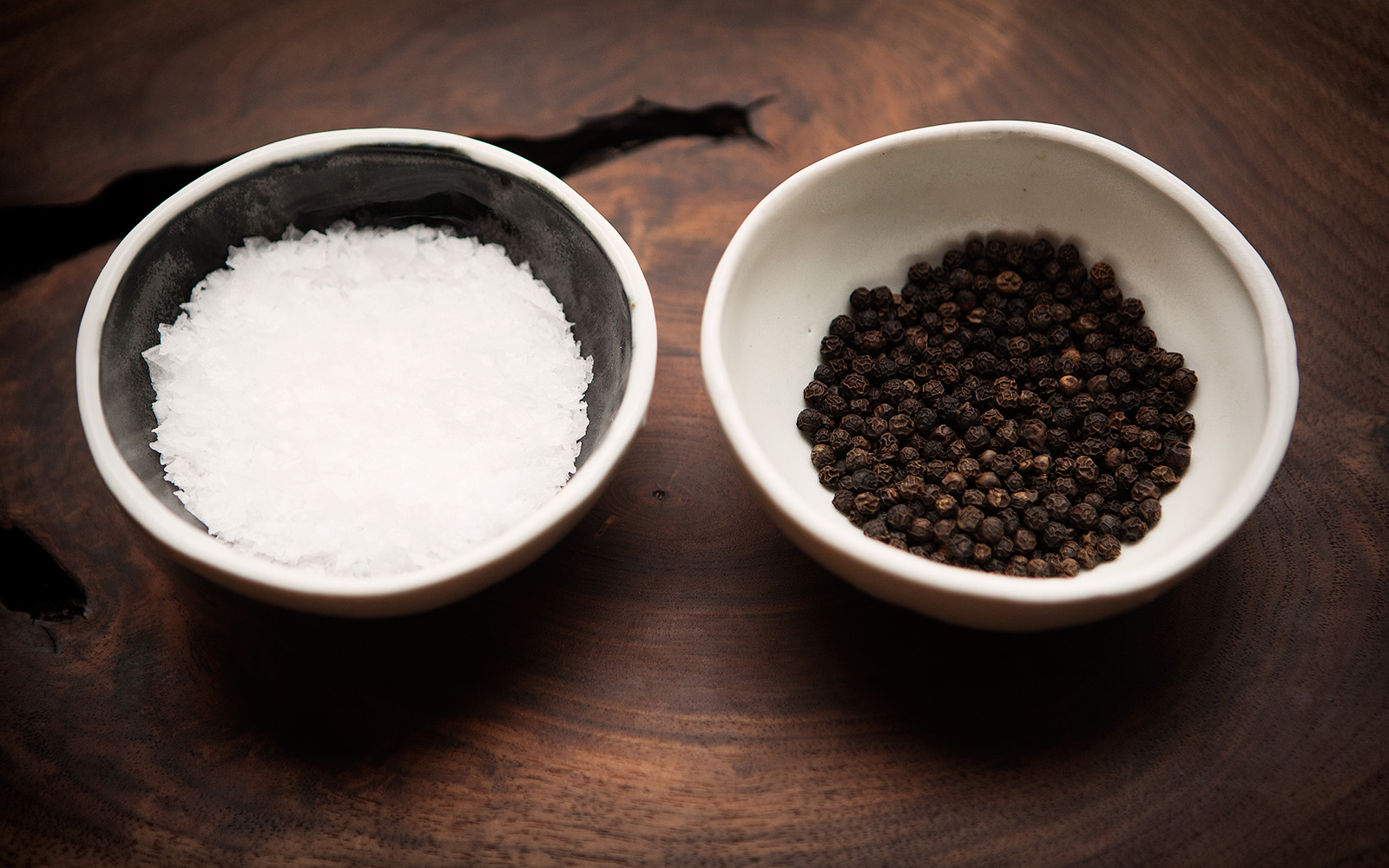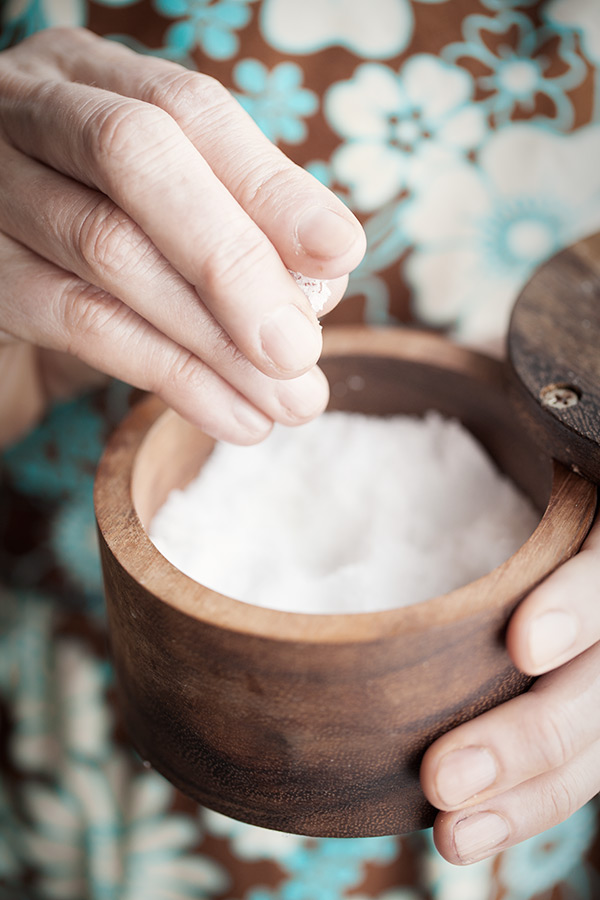To salt or not to salt is an ongoing controversial conversation.
Many avoid salt because of high blood pressure and other health issues, but avoiding salt completely might actually not be what is best for you.
Salt (sea-salt) contains 80 minerals that we need; some are just trace amounts, which are also essential in our foods. But it is real salt we need, NOT processed salt, which is mostly full of chemicals. Processed table salt is 97.5% sodium chloride and 2.5% chemicals, which are moisture absorbents, and iodine. Table salt is dried at over 1,200 degrees F which is excessive heat and alters the natural chemical structure of the salt.
A recent article in NY Times reads: “The current average sodium consumption in the United States is about 3,400 milligrams per day. This is mostly ingested in processed foods and is equivalent to the amount of sodium in about 1 1/2 teaspoons of salt. Dietary guidelines endorsed by the federal government and leading medical groups recommend reducing the average to 2,300 milligrams for the general population.”
The point to understand is this: If you are eating packaged salty food and restaurant food, which are both high in salt, or if you are adding more of it at the table, -then you are probably having too much salt. If all you do is add a dash of sea-salt when cooking, you will probably be healthier for it.
So why do we need salt?
It is part of our essential nourishment because it helps neurological functions, it is part of our cellular communication, our digestive system and adrenal functions. We need it for energy and moisture retention, it helps keep our bones strong, and when choosing sea-salt instead of processed salt, it helps maintain a healthy pH level in the body.
But let me point out that just because we need salt, more is NOT better! We need a pinch here and there. It helps bring out the flavor in food and enhance digestion in some cases (like cooking wholegrain and rice). But your food is NOT supposed to taste salty!
Too much salt is how you get puffy, because you retain too much water, and this is probably also more noticeable when using table salt (processed salt). You might also find yourself with black circles under the eyes and other such little clues to eating too much salt. Sugar cravings can also come from eating meals that are too salty.
Of course there are some health conditions where you do have to watch the salt, other conditions you need more salt. Working with a health professional to get more tailored direction for your health is always a good idea. We offer personal consultations at Path for Life.
And remember – a pinch goes a long way!
Featured image: bowls by Clay by DF


